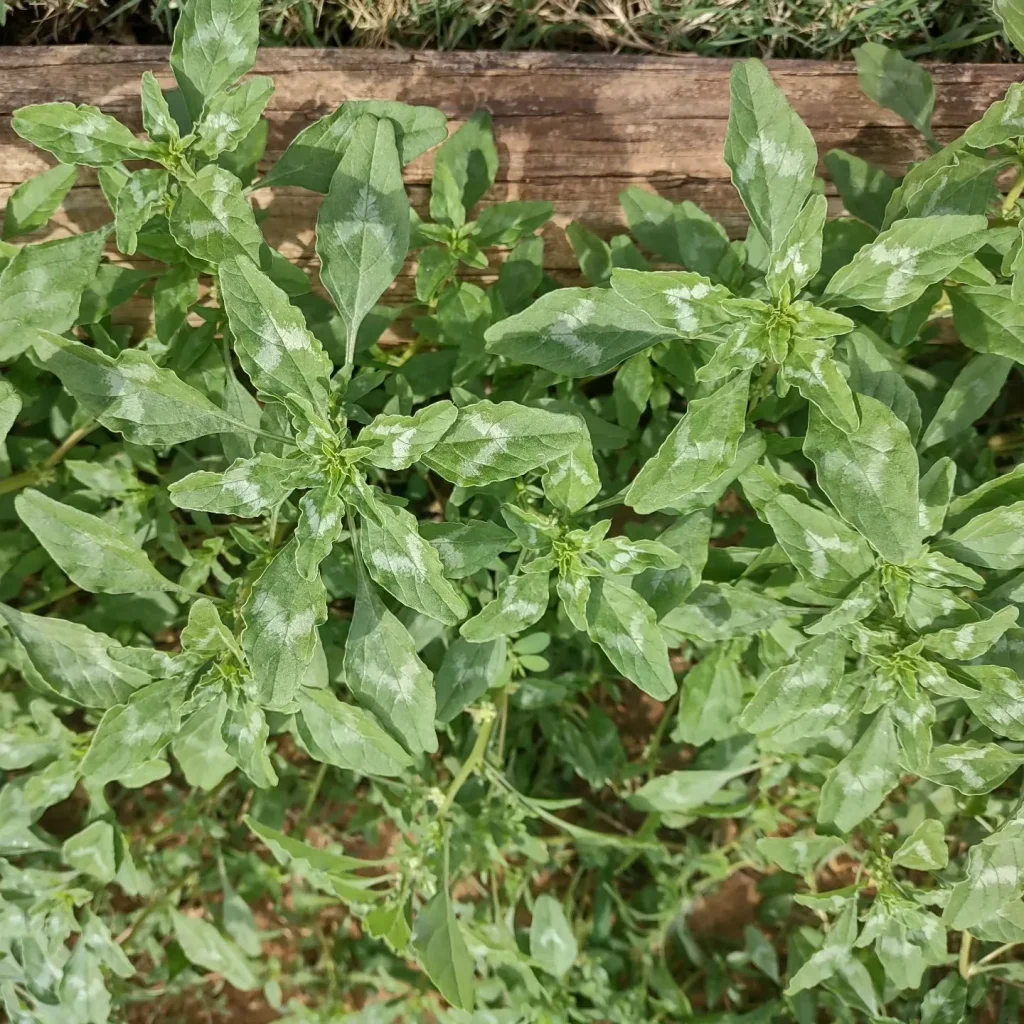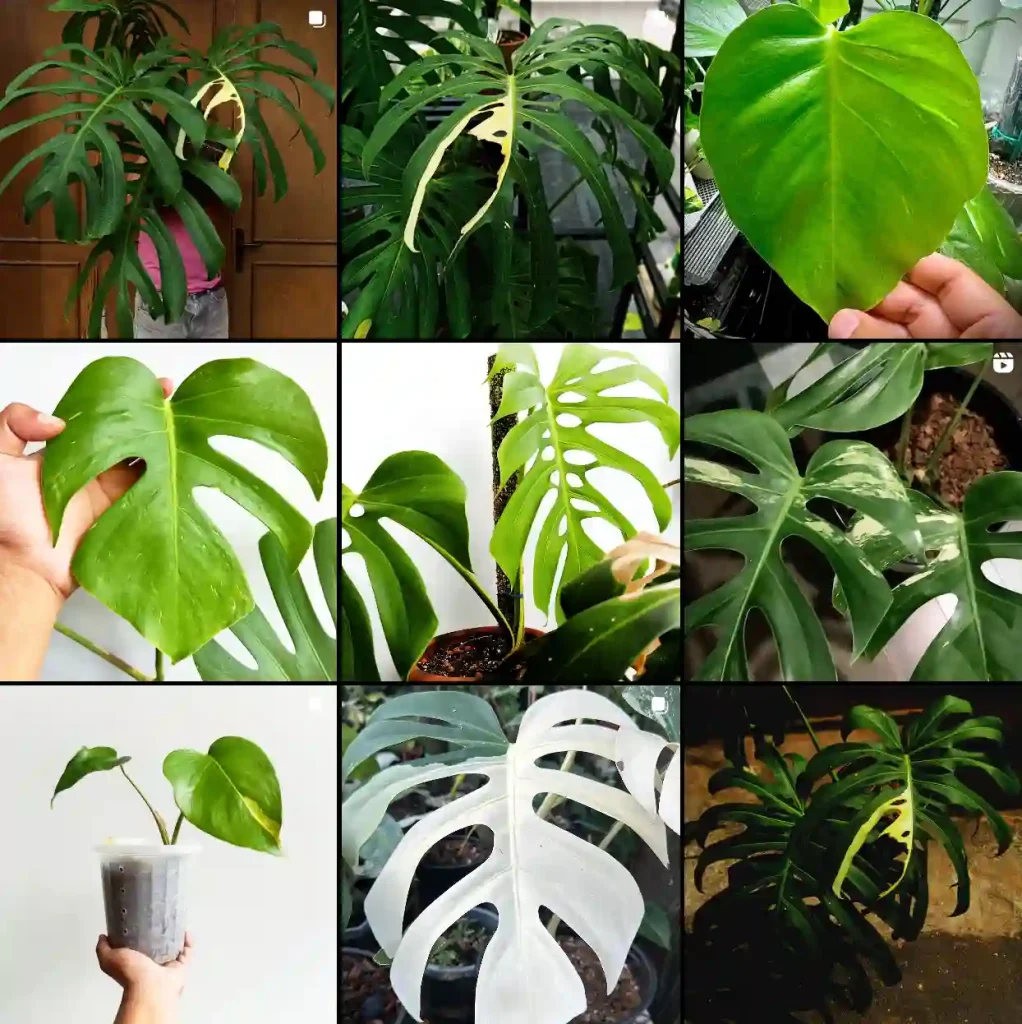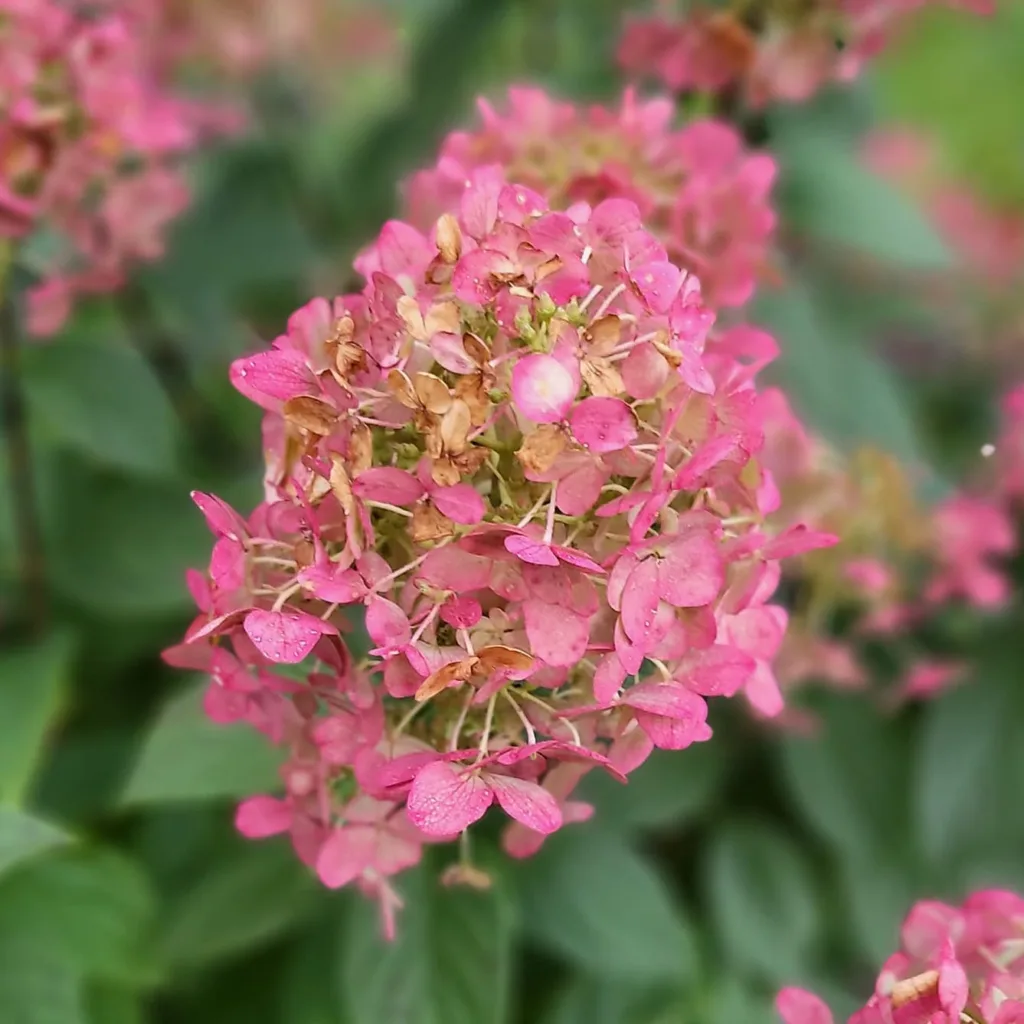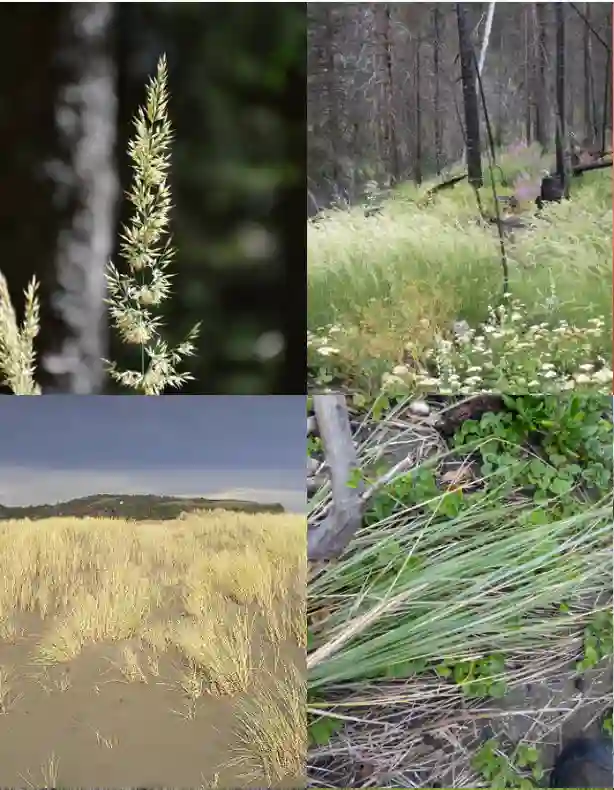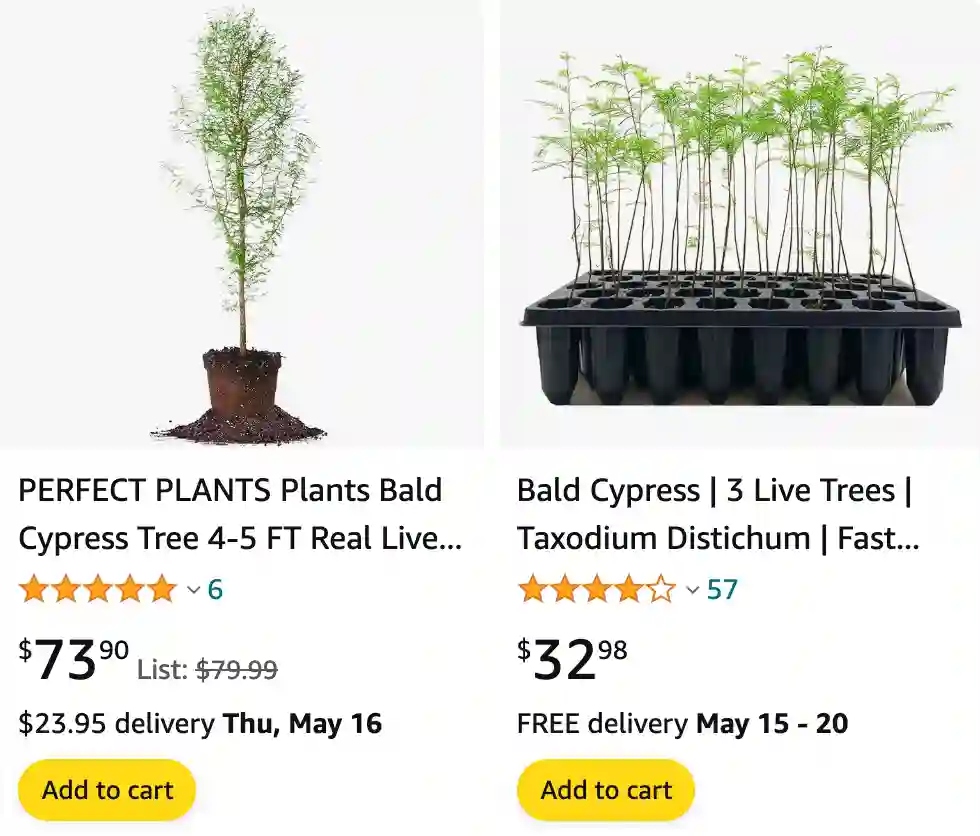
Bald Cypress vs Pond Cypress
I’ve found that Bald Cypress trees have a more rugged and knobby bark texture compared to Pond Cypress, which tends to be smoother. In terms of foliage, Bald Cypress needles are typically finer and more delicate, whereas Pond Cypress needles can appear somewhat denser and thicker.
3 Species in Genus Taxodium
Bald Cypress vs Dawn Redwood
From my experience, Bald Cypress trees seem hardier and better suited to diverse climates compared to Dawn Redwoods. While both are deciduous conifers, Bald Cypresses have a more robust appearance year-round, especially with their distinctive, feathery foliage that turns a beautiful rust-red in the fall. Dawn Redwoods, on the other hand, have a softer look with lighter, almost fern-like leaves that turn a vibrant coppery hue in autumn.
Bald Cypress vs American Cypress
I’ve noticed that American Cypress, often referring to species like the Leyland Cypress, tends to grow faster and more densely than Bald Cypress. However, Bald Cypress trees have a more striking appearance with their buttressed trunks and knobby knees, making them more visually interesting in landscapes.
Bald Cypress vs Cedar
In my garden, Bald Cypress trees stand out with their elegant, feathery leaves and impressive size, whereas Cedars have a more compact and dense foliage that often remains green throughout the year. Bald Cypresses also have a distinctive reddish-brown bark that peels off in strips, adding to their unique charm.
How fast does a bald cypress tree grow?
As for growing Bald Cypress trees, I’ve found that they can grow quite fast, especially in moist, fertile soils. From seed, they require stratification to germinate successfully, usually needing a period of cold treatment to break dormancy. Once established, they’re quite resilient and can tolerate wet conditions, though they’re not fully evergreen, shedding their leaves in the fall.
How to grow bald cypress from seed?
Regarding the growth rate of Bald Cypress trees, I’ve observed that they can grow relatively quickly under optimal conditions, often reaching heights of 50 to 70 feet within a few decades. Growing Bald Cypress from seed has been a rewarding experience for me. I followed a process of collecting seeds in the fall, then cold stratifying them in damp sand or peat moss for several weeks before planting them in spring. It’s essential to keep the soil consistently moist during germination.
Do bald cypress trees lose their leaves?
It was quite a sight when I first noticed my bald cypress tree losing its leaves in late autumn. The needles turned a stunning rusty red before gracefully falling, leaving the tree bare through the winter months. Witnessing this seasonal change felt like a profound reminder of nature’s cycles and the beauty of each passing season.
How to germinate bald cypress seeds?
Germinating bald cypress seeds was an exciting experiment for me. I followed a process of cold stratification to mimic their natural conditions, placing the seeds in damp sand in the refrigerator for several weeks. Seeing the tiny seedlings emerge was incredibly rewarding, knowing I had successfully started new life from these resilient seeds.
What does a bald cypress tree look like?
The majestic appearance of a mature bald cypress tree is truly impressive. With its straight trunk reaching up and branches that spread outwards, it creates a distinctive silhouette against the sky. The feathery foliage, which turns vibrant orange in the fall, adds to its charm, making it a standout feature in any landscape.
Where do bald cypress trees grow?
I first encountered bald cypress trees in the swampy regions of the southern United States, where they thrive in wetland areas. The sight of these trees growing in waterlogged soil, their knobby knees protruding above the surface, was fascinating. It’s clear they have a preference for moist, acidic soils near rivers, lakes, and swamps, where they can reach their full potential.
How big do bald cypress trees get?
The size of bald cypress trees is truly impressive; they can tower over 100 feet tall with a trunk diameter of several feet. Seeing these giants up close, especially in their natural habitats, gives you a sense of their grandeur and longevity. It’s remarkable how they can dominate the landscape with their sheer size and presence.
When do bald cypress trees bloom?
While bald cypress trees are not typically known for their flowers, I did notice small, inconspicuous blooms appearing in early spring. The tiny clusters of flowers, nestled among the foliage, added a delicate touch to the tree’s overall appearance before the leaves fully emerged. It was a subtle but delightful reminder of the tree’s biological processes.
Why is my bald cypress tree turning brown?
Seeing my bald cypress tree turn brown was initially concerning. Upon investigation, I learned that this can happen due to various reasons, including drought stress or fungal diseases. Taking prompt action to ensure proper watering and addressing any underlying issues helped restore its health and vibrant green color over time.
Are bald cypress deer resistant?
In my experience, bald cypress trees are somewhat resistant to deer browsing. While they may nibble on young shoots or leaves, mature trees tend to be less affected. Their tough, needle-like foliage and location in wetland areas also contribute to their natural defense against browsing animals.
Are bald cypress evergreen?
One thing I learned about bald cypress trees is that they are deciduous, not evergreen as I initially thought. Witnessing their needles turn from green to a striking orange in the fall, before shedding them for the winter, was a beautiful reminder of nature’s seasonal changes. This characteristic adds to their allure and makes them a dynamic addition to any landscape.
Can bald cypress grow in water?
I discovered that bald cypress trees can indeed grow in water, which is part of their natural habitat preference. Their ability to thrive in swampy, waterlogged conditions, where their roots can absorb oxygen from the air, makes them well-suited for such environments. It’s fascinating to see how they adapt to different moisture levels, demonstrating their resilience and adaptability.
Can you grow bald cypress from cuttings?
When I tried to grow bald cypress from cuttings, I found it challenging compared to propagating them from seeds. While possible, it requires precise techniques such as using rooting hormone and ensuring optimal moisture levels. Patience and careful attention to detail were key to achieving successful rooting and eventual growth into new trees.
Do bald cypress have invasive roots?
Regarding their roots, bald cypress trees are known for having invasive roots, especially in urban settings. Their shallow, spreading root system can potentially cause issues with sidewalks, foundations, and drainage pipes if not properly managed. Choosing the right location with ample space and understanding their growth habits are crucial for avoiding such problems.
If i die, water my plants!
